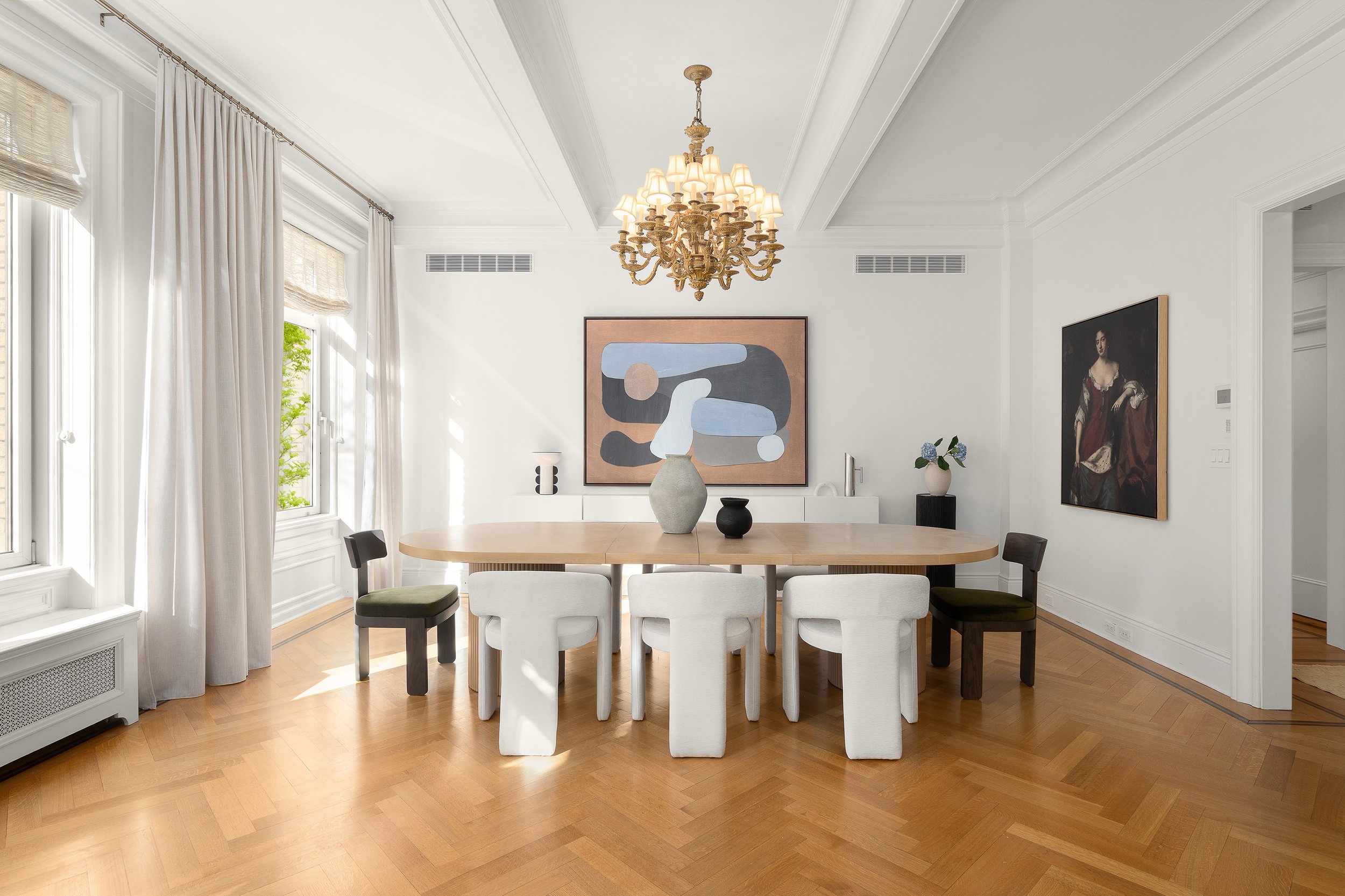Satin Paint: Advantages, Applications and Expert Tips
Satin paint has long been popular for homeowners and professionals due to its beautiful finish, versatility and durability. Whether you're a DIY enthusiast or a seasoned painter, it's essential to understand the ins and outs of this versatile paint type to make the most of your next project. In this comprehensive guide, we'll delve into the world of satin paint, covering its advantages, ideal applications and expert tips to help you achieve a stunning finish.
What is Satin Paint?
Satin paint is a type of paint that offers a smooth, velvety finish with a slight sheen. It falls somewhere between a matte finish and a high-gloss finish in terms of sheen level, providing an elegant look without appearing overly shiny. Satin paint is known for its durability, making it a popular choice for various surfaces and rooms in residential and commercial settings.
Advantages of Satin Paint
Durability
Satin paint is highly resistant to wear and tear, making it a perfect choice for high-traffic areas such as hallways, kitchens and bathrooms. Its tough finish can withstand regular cleaning and resist fading, ensuring your paint job looks fresh for longer.
Easy to Clean
One of the most significant advantages of satin paint is its ease of cleaning. The smooth, non-porous surface makes it simple to wipe away dirt, stains and fingerprints without damaging the paint.
Aesthetically Pleasing
The subtle sheen of satin paint offers an appealing visual effect, creating a sense of depth and sophistication. This finish can disguise minor imperfections on walls or other surfaces while providing a modern appearance.
Versatility
Satin paint works well on various surfaces, including walls, ceilings, trim, doors, and furniture. Its compatibility with different materials, such as wood, metal, and plaster, makes it a versatile choice for any project.
Applications of Satin Paint
Interior Walls
Satin paint is ideal for interior walls in high-traffic areas or rooms that experience humidity or moisture, such as kitchens, bathrooms and laundry rooms. The paint's durability and ease of cleaning make it perfect for these environments.
Ceilings
Satin paint can create an elegant, soft glow on ceilings, particularly in rooms with ample natural light. This finish is particularly suitable for bedrooms or living rooms, where a subtle sheen can add warmth and depth.
Doors and Trim
Using satin paint on doors and trim can create a cohesive look throughout your space. Its resistance to scuffs and scratches ensures that these high-touch areas remain pristine.
Furniture
Satin paint can transform tired, old furniture into stunning statement pieces. The paint's durability and easy-to-clean nature make it perfect for upcycling and breathing new life into your favourite pieces.
Expert Tips for Using Satin Paint
Proper Preparation
To achieve a smooth, even finish with satin paint, start by cleaning and preparing the surface. Fill any holes or cracks with filler, then sand the surface until smooth. Wipe away any dust or debris with a damp cloth and allow it to dry thoroughly before painting.
Use a Quality Primer
A high-quality primer can help the satin paint adhere better to the surface and improve its overall appearance. Opt for a primer designed for the specific material you're painting to ensure the best results.
Choose the Right Tools
Use a high-quality brush or roller to apply satin paint, ensuring an even, streak-free finish. A roller is ideal for large, flat surfaces, while a brush is better for smaller or intricate areas.
Apply Thin, Even Coats
Applying thin, even coats to achieve a smooth and consistent finish is essential when using satin paint. Avoid overloading your brush or roller with paint, and instead, use light, even strokes to build up the desired coverage. Allow each coat to dry thoroughly before applying the next one.
Keep a Wet Edge
Always maintain a wet edge when painting to prevent unsightly lap marks or streaks. This means applying new paint to a still-wet section to ensure a seamless finish. Work in small sections and avoid painting over dried areas.
Allow Adequate Drying Time
Due to its higher sheen level, satin paint dries longer than other finishes. Be patient and allow the paint to dry thoroughly between coats to achieve the best results. Follow the manufacturer's recommended drying times for optimal results.
Protect Your Work
Once your satin paint project is complete, protect your work. Use protective coverings or furniture pads to avoid scratches or dents on newly painted surfaces. Consider applying a protective clear coat on furniture pieces to ensure their longevity.
Satin Paint: Achieving Elegance and Durability in Your Home
Satin paint offers a unique combination of durability, versatility and aesthetic appeal, making it a popular choice for various applications. By understanding its advantages, knowing where to apply it and following expert tips, you can ensure a stunning, professional finish for your next project. With satin paint, you can breathe new life into your home, creating a space that is both elegant and functional.











